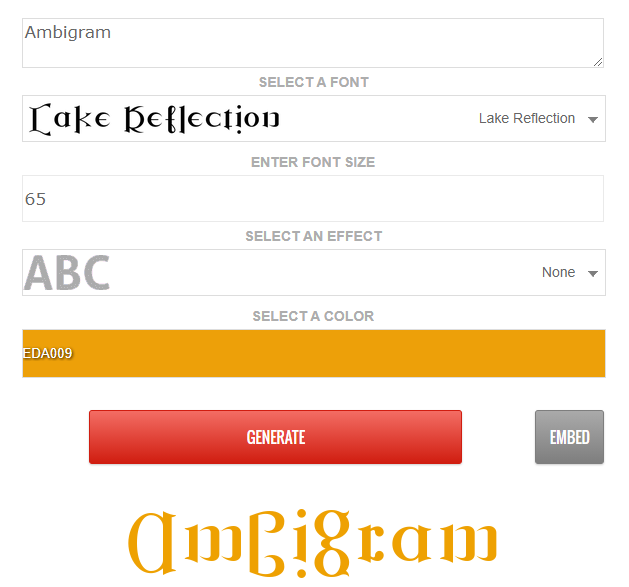As front-end developers, we’re constantly asked which front-end framework we should use. With so many options available, deciding which is right for your project can be tough. This article will compare differences between Next.js vs. React and give you a clear-cut decision guide on which is best for you. We’ll also provide tips and tricks to help you get started with each framework. So read on and find out which framework is right for your next project!
What is Next.js?
Next.js was created with web development in mind. It’s built on top of the VanillaJS engine and provides developers with an easy-to-use platform for creating user interfaces and dynamic websites. Next.js comes bundled with a few essential features, such as algebraic data types, import/export support, utilities for testing purposes, and performance optimization techniques.
NextJs Most Notable Features
- Plenty of options for front-end development
Next.js is a very versatile framework, allowing for front-end development with React or without it. It also supports other popular JavaScript frameworks, such as Vue and AngularJS.
- Outstandingly fast performance
Next.js is known for its lightning-fast performance when building user interfaces or dynamic websites. That makes NextJS an ideal choice for high-traffic web applications or sites that require heavy processing demands from the backend codebase.
- Very easy to learn and use
Next.js is very easy to learn and use, providing all the essential features for front-end development. The framework also includes a built-in documentation system that can help you get started on your project quickly and easily.
Next.js Advantages
- Next.js is popular for its ability to create fast, dynamic user interfaces.
- Next.js is relatively easy to learn and use, making it a good choice for front-end developers who are new to the framework. Additionally, Next’s built-in documentation system can help you get started on your project quickly and easily.
- Next.js supports animation and transitions, making it perfect for creating sleek user interfaces that look modern on all devices (desktop, mobile, and tablet).
- Next.js is popular for its ability to work with any web browser, making it easy to create cross-platform applications. Additionally, you can use Next.js for single pages or entire websites – so it’s a versatile library that can be tailored to your needs.
- Next.js is relatively fast compared to other front-end frameworks, meaning you’ll be able to quickly build high-quality user interfaces without experiencing slowdowns or crashes.
- Next.js is popular for its ability to export your user interfaces into different formats (such as CSS, JSX, and SVG). This makes it easy to share your projects with other developers or use them in web development courses.
- major web companies and organizations, such as Twitter and Facebook commonly use Next.js. This means you can be sure that the library has been thoroughly tested and reliable.
- Finally, Next is popular for its extensibility and modularity – meaning it’s easy to add or customize new features. This makes Next.js a good choice if you want to create a versatile library tailored to your specific needs.
What is React?
React is a cross-platform JavaScript library for building user interfaces. It was created by Facebook and released as an open source in 2013. React has become one of the most popular front-end frameworks today due to its ability to quickly create dynamic and interactive user interfaces.
React Key Features
- Easy to Maintain Code
React is a very easy-to-use library, making it perfect for developing front-end applications that will be regularly updated and maintained.
- Robust React code
Robust React code is relatively robust and can handle complex updates and revisions without issue. This makes it a good choice for websites that require high-traffic volumes or to withstand various attacks.
- Great Performance
React impressive performance characteristics and delivers some of the fastest user interface response times available on the market. This makes it an ideal choice for high-traffic websites or applications.
- Very Familiar to JavaScript Developers
React is based on well-known JavaScript programming concepts, making it easy for developers who are already familiar with the language to begin working with it.
- Highly Versatile
React is highly versatile and able to be used in a wide range of web development scenarios. This means that it can be easily integrated into existing projects and applications.
ReactJS Advantages
- React, was created by Facebook and released as open-source in 2013. Since then, it has become one of the most popular front-end frameworks due to its ability to create dynamic and interactive user interfaces quickly.
- React is a cross-platform JavaScript library that is relatively easy to understand and use for front-end developers. Additionally, the framework includes a built-in documentation system that can help you get started on your project quickly and easily.
- This makes it easy to use different components within your application and integrate React with other libraries or frameworks.
- React boasts robust support for animation and transitions, making it perfect for creating slick, modern user interfaces. 5. Works with any web browser – React is supported by desktop and mobile browsers, making it easy to create cross-platform applications.
- It can be used for single pages or full websites. For single pages or entire websites, make it a versatile library that can be tailored to your needs.
- React is relatively flexible, meaning you can create different user interfaces using the library.
- React is one of the most fast-paced front-end frameworks available, making it perfect for dynamically creating user interfaces.
- React is also popular for creating native mobile applications, as its performance and capabilities make it a good choice for developing high-quality applications.
Comparison between Next.js vs. React
Performance
React is a relatively slow framework, while Next.js is comparatively fast. React can take longer to load large applications, while Next.js will be more responsive.
Community & Support
Next has a larger community and more support resources than react does. This means that you’re likely to find help and assistance if you need it, whereas, with React, it may be harder to find someone who understands the library well enough to help you in an emergency.
Extensibility & Modularity
Next is more modular than react, meaning it’s easier to add or customize new features. This makes Next.js a better choice if you want to create a versatile library with which others can easily work. Generally, React is slower than Next.js and has a smaller community and support network, but it’s more extensible and modular.
Documentation
Both React and Next.js have excellent documentation. However, React’s docs are more comprehensive and well-written.
Developers Community
React has a larger and more active developer community than Next.js. That means you’re likely to find people working on or using React, which can be helpful if you need help with the framework or have questions about it.
In the end, React is a more popular and established framework, but Next.js is faster and easier to use. If you need an established framework with a large community of support resources available, then React is the better choice. However, if you’re looking for a fast and easy-to-use library that’s versatile and extensible, then Next.js should be your go-to choose.
Next.js vs. React: Which Framework is Best?
Next.js is a more versatile and easier-to-use framework than react. It has a larger community of support resources, making it easier to find help if needed and faster and less memory intensive than react. If you’re looking for an established framework with a large community of developers behind it, then Next.js is the better choice. However, suppose you’re starting or are relatively familiar with JavaScript development and don’t need extensive help from others when working on your projects. In that case, react should be a better choice.
Conclusion
With many front-end frameworks available today, picking the one that’s right for your needs can be quite confusing. To make things easier, we have compared two major front-end frameworks – Next.js vs. React.
We looked at APIs, extensibility, popularity, and other factors to determine our verdict. Bottom line: React is more versatile than Next.js and easy to use! Which framework should you choose? That depends on what tools you are comfortable using and how much time and effort you want to invest in learning them. The answer will come only once you try them both yourself.






